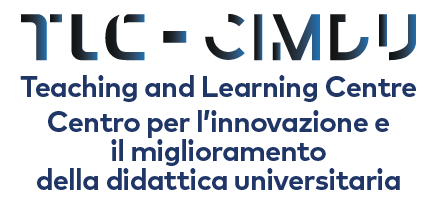Spatial distribution of soil REE in Sicily
Spatial distribution of soil rare earth elements in Sicily [DOI:10.1016/j.geodrs.2024.e00845] Rare earth elements (REEs) are becoming increasingly interesting as indicators of soil processes, and modelling their spatial distribution has become a fundamental requirement for this purpose. This study aims to model and quantify the spatial distribution of soil REEs taking into account their compositional nature in their mapping, and to assess the associated spatial uncertainty. In particular, the cerium anomaly (Ce⁎) and the ratio of the sum (Σ) of light to heavy REEs (ΣLREEs/ΣHREEs) were calculated and analysed. The study was carried out in Sicily (Italy), one of the largest (25,832 km2) and most populous island in the Mediterranean Sea. Soil REE data were obtained from the soil database of Sicily region. Soil REEs were transformed into a vector of isometric log-ratio (ilr) coordinates and analysed using a geostatistical approach for predicting their values at unsampled locations and generating 100 REEs realizations using turning bands simulation. Each REE element and Ce⁎ were mapped as well as the ΣLREEs/ΣHREEs ratio. The joint variability of the investigated REEs and the ΣLREEs/ΣHREEs ratio provided insights into their abundance and distribution patterns. From the simulated realizations, standard deviation maps were calculated for the Ce⁎ and the ΣLREEs/ΣHREEs ratio, providing a measure of their spatial uncertainty. Although with some limitations, the study established a first baseline of the Ce⁎ and the ΣLREEs/ΣHREEs ratio. The maps of spatial uncertainty may be a useful tool for planning future soil sampling and optimise the choice of new sampling locations.





























